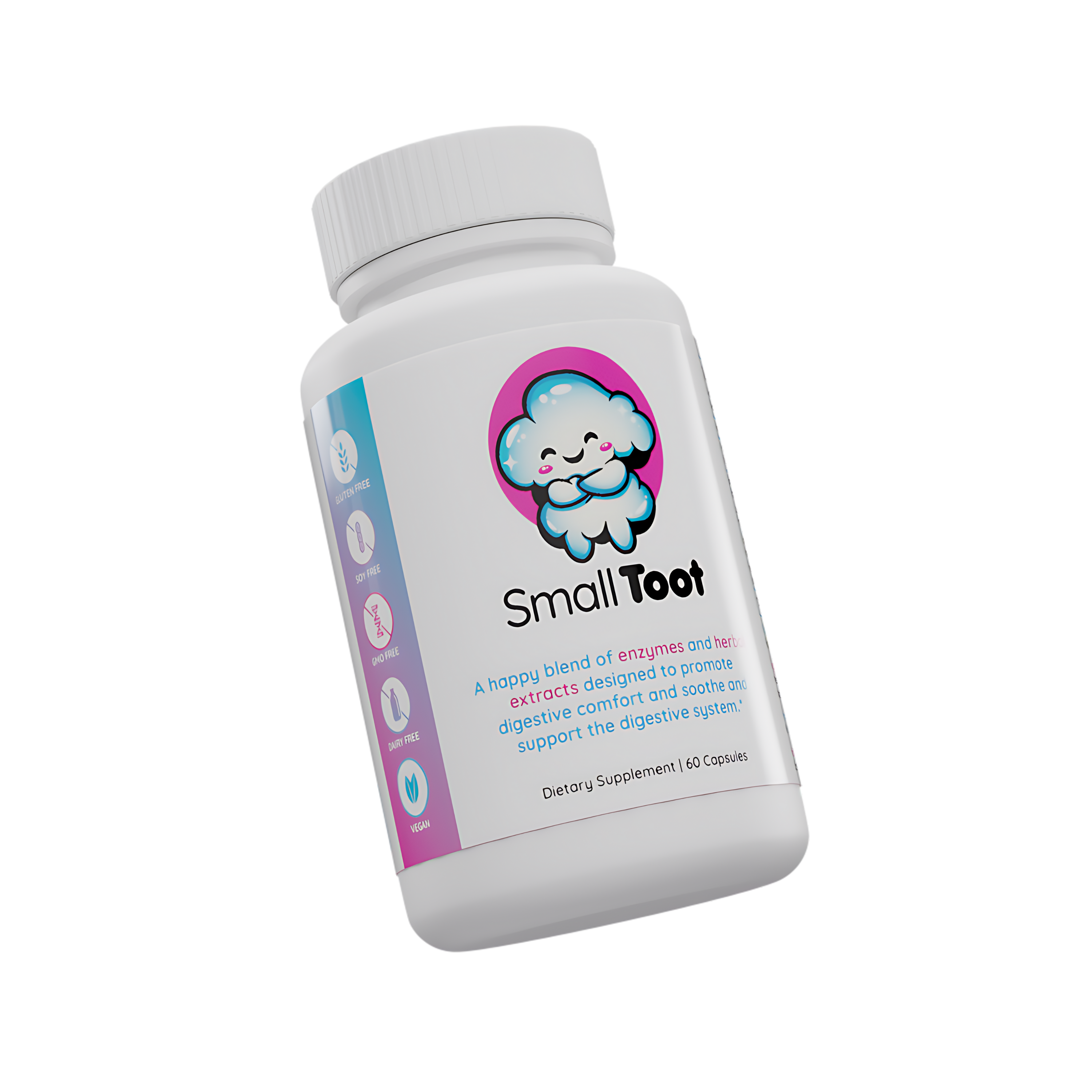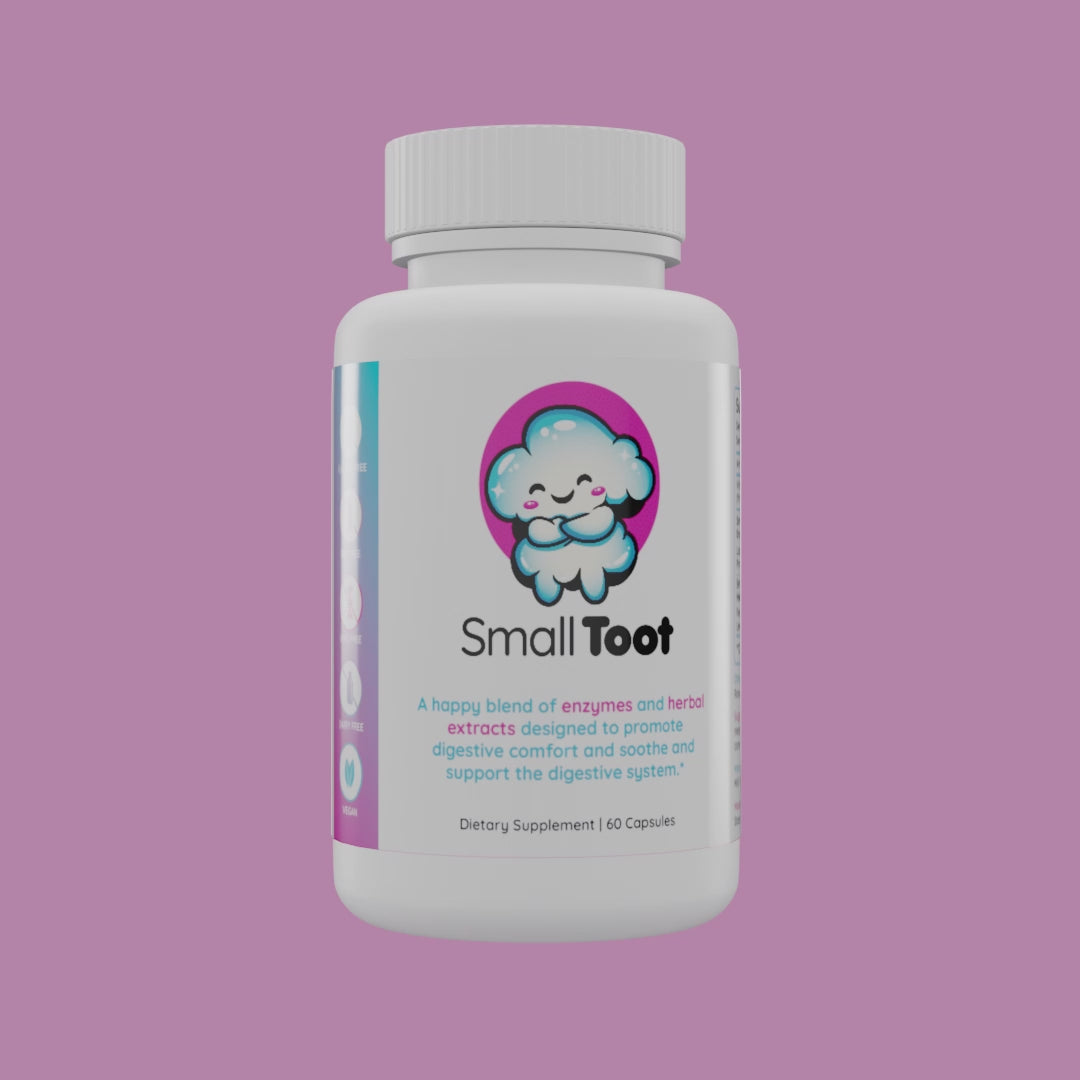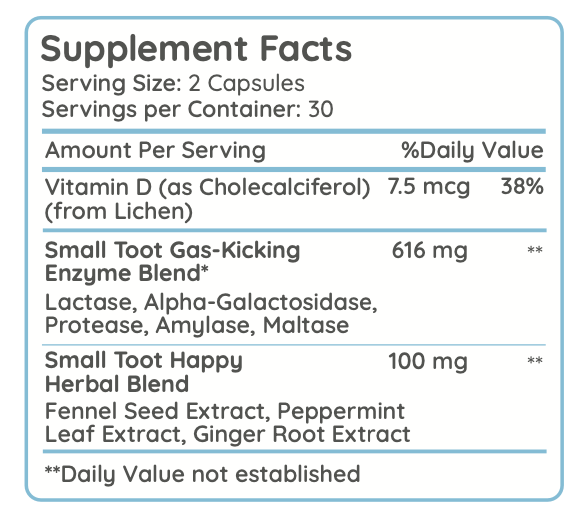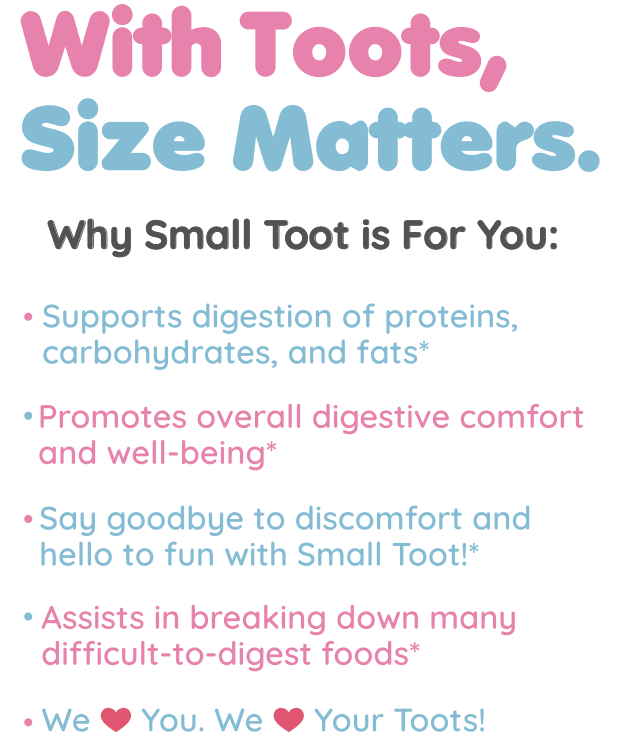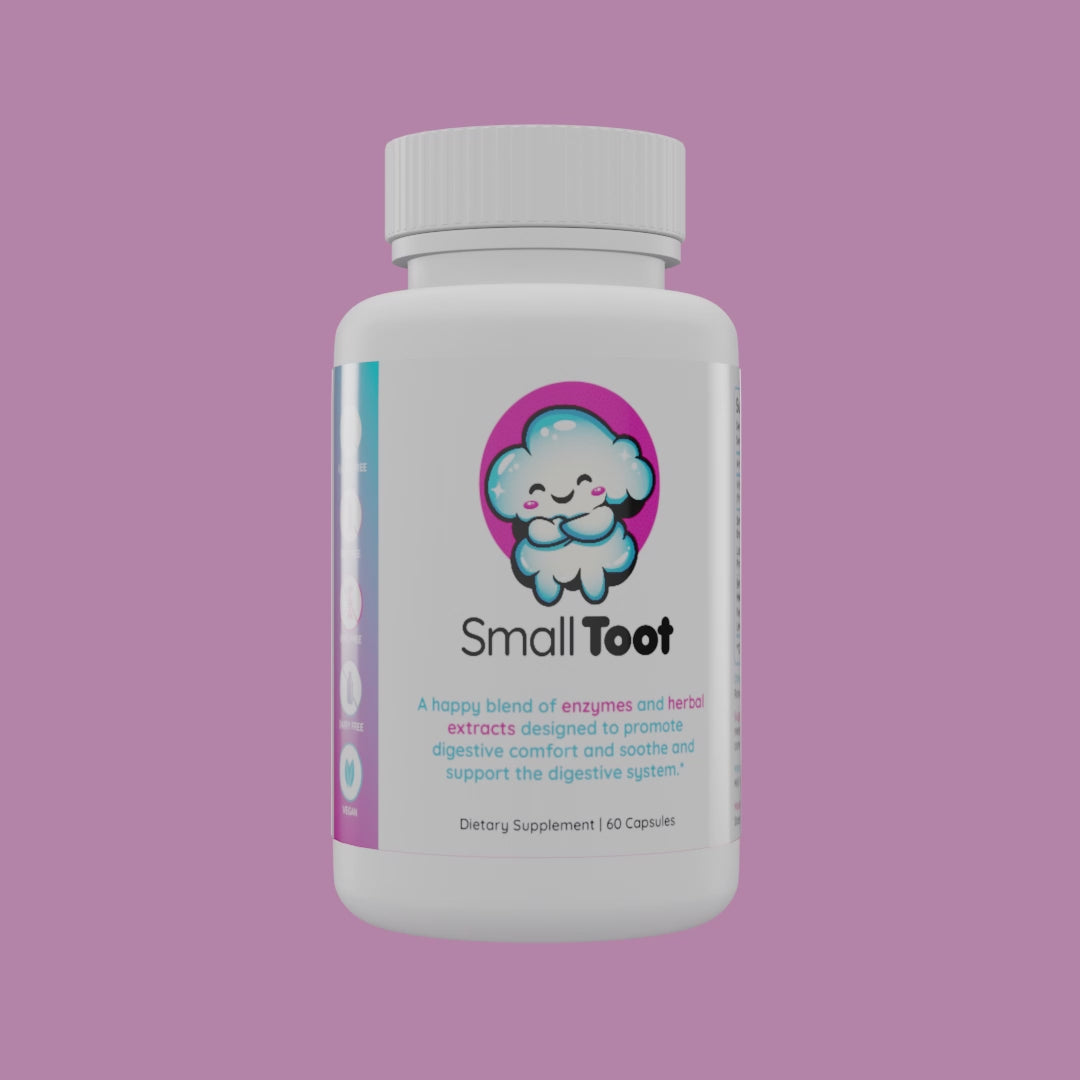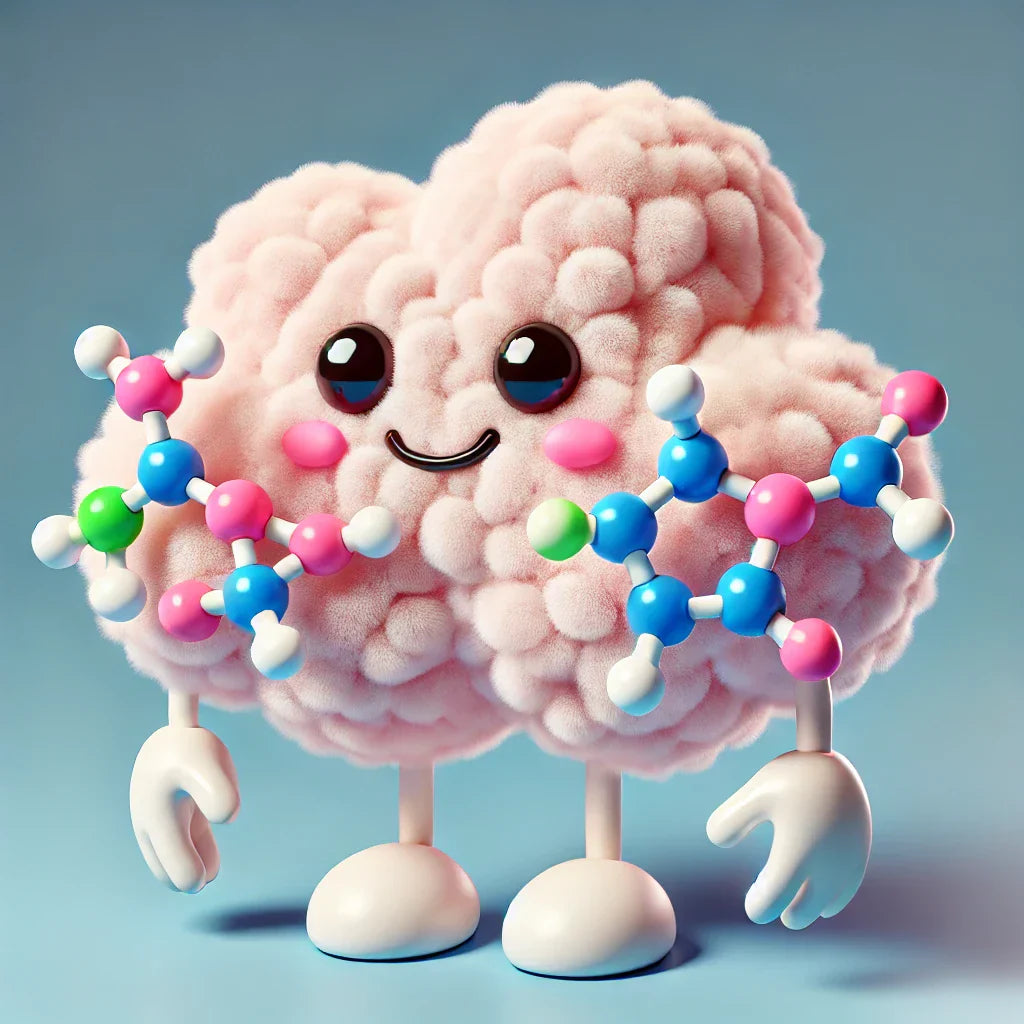
Amylase: A Crucial Enzyme in Carbohydrate Digestion
Amylase is a digestive enzyme that plays a vital role in breaking down complex carbohydrates into simpler sugars. This enzyme has been the subject of extensive research due to its importance in human nutrition and evolution.
How Amylase Works
Amylase functions by catalyzing the hydrolysis of α-1,4 glycosidic bonds in starch molecules[3]. This process breaks down complex carbohydrates into smaller, more easily digestible sugars such as maltose and glucose[1].
In humans, there are two main types of amylase:
1. Salivary amylase (ptyalin): Produced by the salivary glands, it initiates carbohydrate digestion in the mouth.
2. Pancreatic amylase: Secreted by the pancreas into the small intestine, where it continues the breakdown of starches[13].
The enzyme works optimally at a slightly alkaline pH of 6.7-7.0 and requires calcium ions as cofactors for its activity[6].
Historical Usage and Evolution
The history of amylase is intertwined with human evolution and dietary adaptations. Recent research has revealed that our ancestors began carrying multiple copies of the amylase gene in two major waves:
1. Several hundred thousand years ago, possibly coinciding with the use of fire for cooking[18].
2. Around 12,000 years ago, following the agricultural revolution[18][25].
A groundbreaking study published in Nature Genetics in 2007 found that populations with high-starch diets tend to have more copies of the salivary amylase gene (AMY1) compared to populations with traditionally low-starch diets[21]. This genetic variation is believed to have provided a survival advantage for our ancestors as they adapted to new food sources[25].
Scientific Research and Findings
Recent scientific studies have provided insights into the role and importance of amylase:
1. Genetic Variation: Research has shown significant variation in amylase gene copy numbers among human populations, correlating with traditional dietary starch intake[19].
2. Digestion Efficiency: A study published in the Journal of Nutrition in 2012 found that individuals with higher salivary amylase activity had improved glycemic responses after consuming starchy foods[19].
3. Evolutionary Adaptations: A 2016 study in Scientific Reports suggested that the increase in amylase gene copy numbers in humans occurred much earlier than previously thought, predating the advent of agriculture[19].
4. Ancient DNA Analysis: A 2024 study published in Science revealed that Neanderthals and other ancient human ancestors also possessed multiple copies of the amylase gene, suggesting its importance in human evolution[22].
Industrial Applications
Beyond its role in digestion, amylase has numerous industrial applications:
1. Food Industry: Used in bread-making, brewing, and the production of high-fructose corn syrup[9].
2. Textile Industry: Employed for removing starchy sizing agents[9].
3. Paper Industry: Utilized in various paper production processes[9].
4. Detergent Industry: Added to laundry detergents to break down starch-based stains[7].
Conclusion
Amylase is a fundamental enzyme in carbohydrate metabolism, with a complex evolutionary history closely tied to human dietary adaptations. Its diverse functions and applications make it a subject of ongoing research in fields ranging from human physiology to industrial biotechnology. While its primary role in digestion is well-established, individual responses to carbohydrates can vary due to factors such as genetics, overall diet, and gut microbiome composition[24].
Sources
[1] How Amylase Helps You Digest Carbohydrates - Thera Health https://therahealth.com.au/how-amylase-helps-you-digest-carbohydrates/
[2] Classification and Function of Amylase - Labinsights https://labinsights.nl/en/article/classification-and-function-of-amylase
[3] Amylases: enzymatic mechanisms - PubMed https://pubmed.ncbi.nlm.nih.gov/6168260/
[4] The evolutionary history of humans' ability to eat starch - NBC News https://www.nbcnews.com/health/health-news/how-humans-gained-ability-digest-starch-study-rcna175350
[5] Independent amylase gene copy number bursts correlate ... - eLife https://elifesciences.org/articles/44628
[6] Amylase - PubMed https://pubmed.ncbi.nlm.nih.gov/32491670/
[7] Application of microbial α-amylase in industry - A review - SciELO https://www.scielo.br/j/bjm/a/W9gqJLhHTVTddVzCnvcbSVc/
[8] Diet and the evolution of human amylase gene copy number variation https://pmc.ncbi.nlm.nih.gov/articles/PMC2377015/
[9] Application of microbial α-amylase in industry – A review - PMC https://pmc.ncbi.nlm.nih.gov/articles/PMC3769773/
[10] Digestive Enzymes: Amylase, Protease, And Lipase https://integrativepro.com/blogs/articles/digestive-enzymes-amylase-protease-lipase
[11] Amylase - Function, Types, and Normal Range - GeeksforGeeks https://www.geeksforgeeks.org/amylase/
[12] Figure 1 Reaction mechanisms of amylases. (A) α-Retaining double... https://www.researchgate.net/figure/Reaction-mechanisms-of-amylases-A-a-Retaining-double-displacement-mechanism-of_fig1_351660222
[13] 4.3: Digestion and Absorption of Carbohydrates - Medicine LibreTexts https://med.libretexts.org/Courses/Metropolitan_State_University_of_Denver/Introduction_to_Nutrition_(Diker)/04:_Carbohydrates/4.3:_Digestion_and_Absorption_of_Carbohydrates
[14] Amylase - Wikipedia https://en.wikipedia.org/wiki/Amylase
[15] a-Amylase https://proteinswebteam.github.io/interpro-blog/potm/2006_2/Page1.htm
[16] Amylase | Definition, Function, & Facts | Britannica https://www.britannica.com/science/amylase
[17] Amylase - StatPearls - NCBI Bookshelf https://www.ncbi.nlm.nih.gov/books/NBK557738/
[18] How Early Humans Evolved to Eat Starch - The New York Times https://www.nytimes.com/2024/10/17/science/neanderthals-starch-amylase-genes.html
[19] You are what you eat: How the pursuit of carbs changed mammals ... https://www.buffalo.edu/ubnow/stories/2019/05/amylase.html
[20] How Early Humans Evolved to Eat Starch - Letters & Science https://ls.berkeley.edu/news/how-early-humans-evolved-eat-starch
[21] Diet and the evolution of human amylase gene copy number variation https://pubmed.ncbi.nlm.nih.gov/17828263/
[22] Ancient DNA reveals insights into starch digestion - News-Medical https://www.news-medical.net/news/20241018/Ancient-DNA-reveals-insights-into-starch-digestion.aspx
[23] Diet and the evolution of human amylase gene copy number variation https://pmc.ncbi.nlm.nih.gov/articles/PMC2377015/
[24] The Curious Case of Amylase - theGIST https://the-gist.org/2021/02/the-curious-case-of-amylase/
[25] Agriculture accelerated human genome evolution to capture energy ... https://news.berkeley.edu/2024/09/04/agriculture-accelerated-human-genome-evolution-to-capture-energy-from-starchy-foods/
[26] INDUSTRIAL APPLICATION OF AMYLASE: A REVIEW https://www.cabidigitallibrary.org/doi/pdf/10.5555/20219978046
[27] Recurrent evolution and selection shape structural diversity ... - Nature https://www.nature.com/articles/s41586-024-07911-1
[28] Biotechnological Processes in Microbial Amylase Production - PMC https://pmc.ncbi.nlm.nih.gov/articles/PMC5322433/

